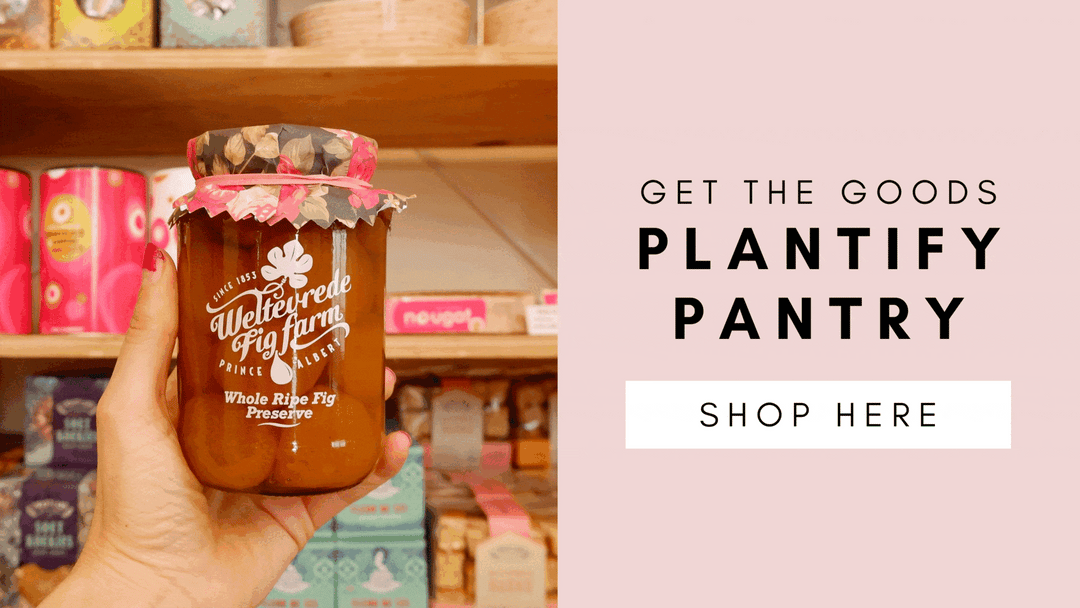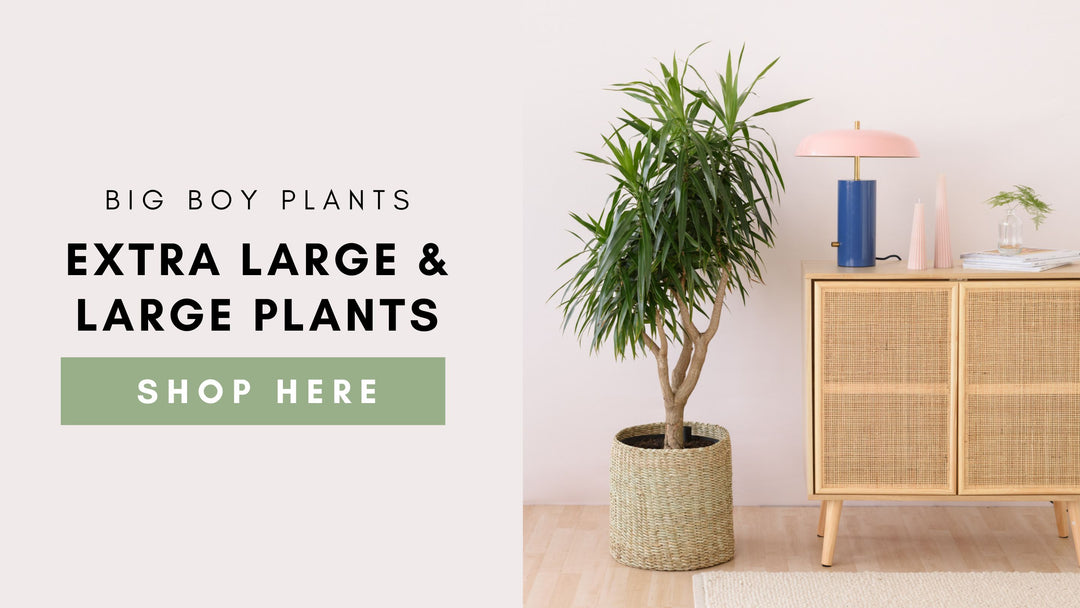Croton Care Instructions
Croton
Scientific name: Codiaeum variegatum
Synonyms: Crocodile Fern, Crocodyllus Fern, Alligator Fern
Definitely one of the most eye-catching houseplants around. There is absolutely no way a Croton will not catch your attention with its boldly coloured foliage that comes in a rainbow of colours from bright yellows, oranges, reds, and sometimes even black. Crotons are ideal for adding a tropical touch to any indoor space.
Native to the tropical regions of Asia growing in open forests and scrubland as a bush. This leads to their love of high light, warmth and humidity, making them ideal indoor dwellers.
NOTE: These plants are highly toxic.

Common Symptoms
-
Sudden leaf drop or droopy leaves: Croton’s are temperamental in that they do not liked to be moved. If the leaves fall off once you have brought it home this is due to stress from their travel. Give your Croton some TLC and have patience! Usually, in a few weeks, you’ll have fresh, new leaves that will mature to their full glory.
- Crispy brown leaves: This is likely due to improper watering or low humidity. The best way to water your plant is to thoroughly flush it until the water freely runs out the drainage holes. By doing this, you are also washing away any salt build up in your pot from too much fertilizer. To increase humidity you can spritz your plant daily.
- Small brown spots trimmed in yellow: Your Croton may have a leaf spot disease. It generally is a fungal disease, remove the infected leaves, avoid wetting the foliage when watering the plant’s soil, and increase the air circulation around the plant. Typically, these adjustments take care of the fungal disease.
- Pests: Pest infestations are not a common issue for these ferns, however, incorrect care can lead to your fern being susceptible to common pests such as scale and mealybug. Be sure that your plant is in its optimal conditions. If any pest problems do arise, treat it with an organic pesticide.
Care Instructions
- Origin: Indonesia, Malayasia and Australia
- Height: Between 100cm and 250cm
- Light: Crotons prefer plenty of bright light to a few hours of sun to remain colorful.
- Water: Keep soil very evenly moist. Allow the top 30% of the soil to dry out before watering again.
- Humidity: Average room humidity is fine, however, if you find the edges of your leaves are crisp or ‘burning’ you should raise the humidity levels.
- Temperature: Crotons like warm temperatures between 16°C and 27°C
- Soil: Use a rich potting soil for your croton. The soil should be able to drain well but still retain water.
- Fertilizer: Feed with a balanced fertilizer at half strength. Fertilize every two weeks in spring and summer and once a month from autumn through winter
- Repotting: Your Croton will only need to be repotted every two years or so, or once the plant has become root bound. Be sure to up pot into a planter that has adequate drainage. Soak your plant 24 hours beforehand to assist with transplant shock and be sure to tamper with the roots as little as possible during repotting. It is best to re-pot during warmer weather.
- Propagation: Stem cuttings dipped in rooting hormone are the best way to propagate Crotons.



